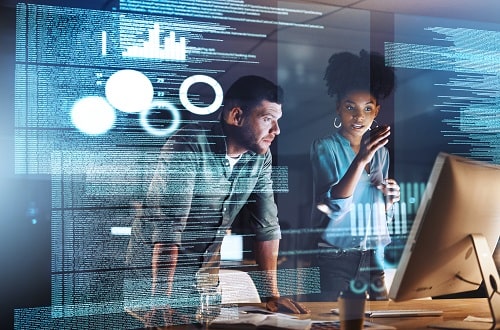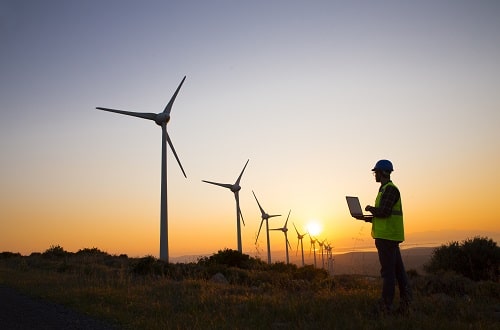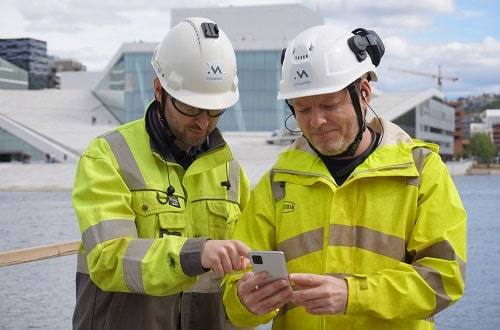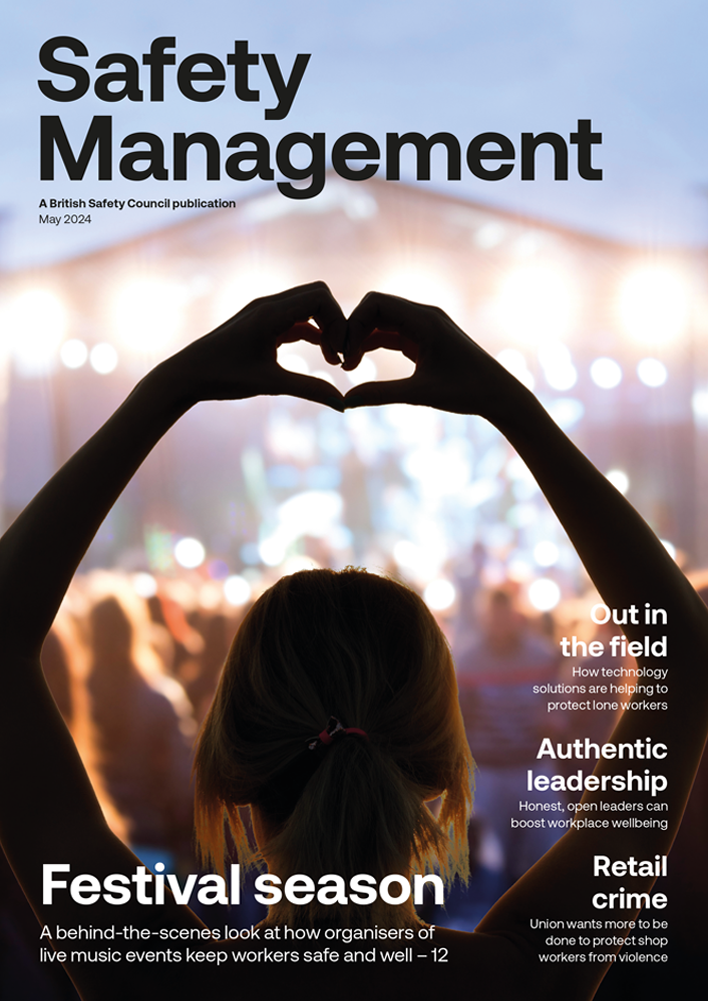Purchasing body-worn cameras: 10 top tips
Body-worn cameras can reduce the risk of violence and threats to staff by providing a deterrent effect and documentary evidence for pursuing aggressors, but it’s important to carefully consider issues like functionality, data storage and user training during the selection process.
By Alasdair Field, Reveal Media on 13 May 2024














